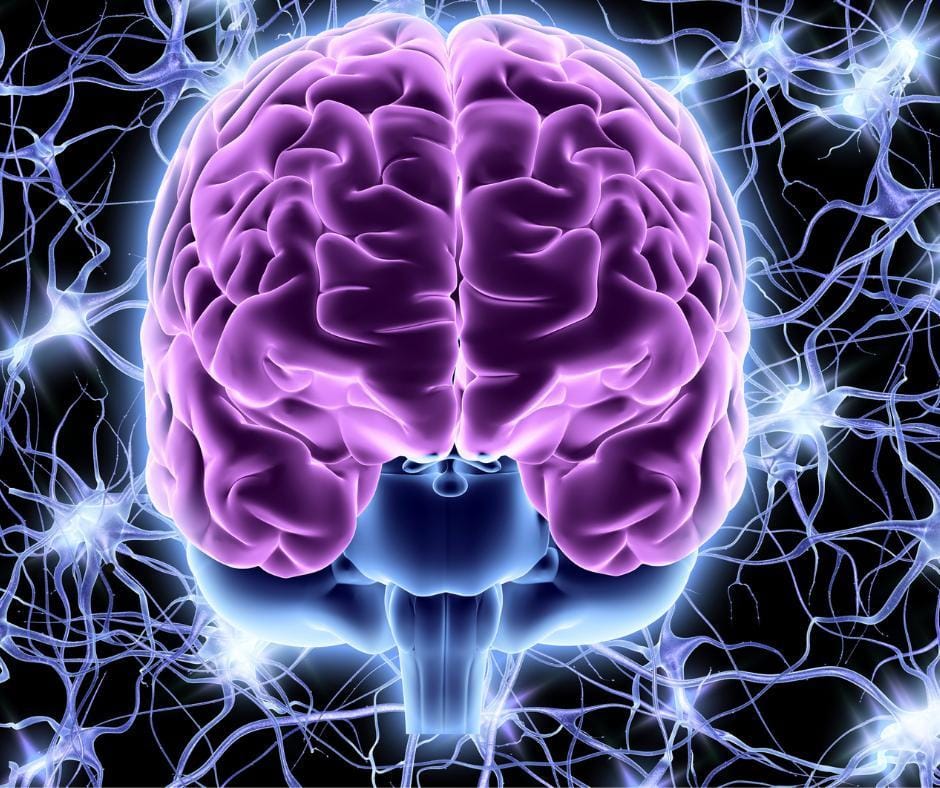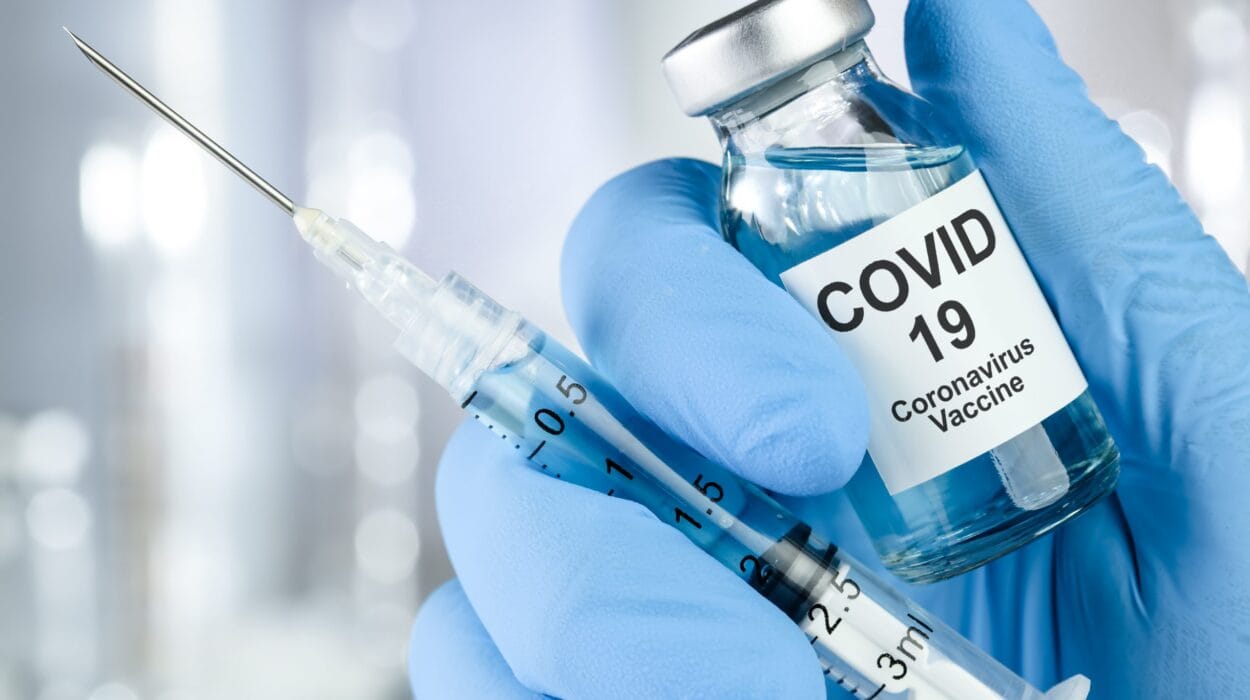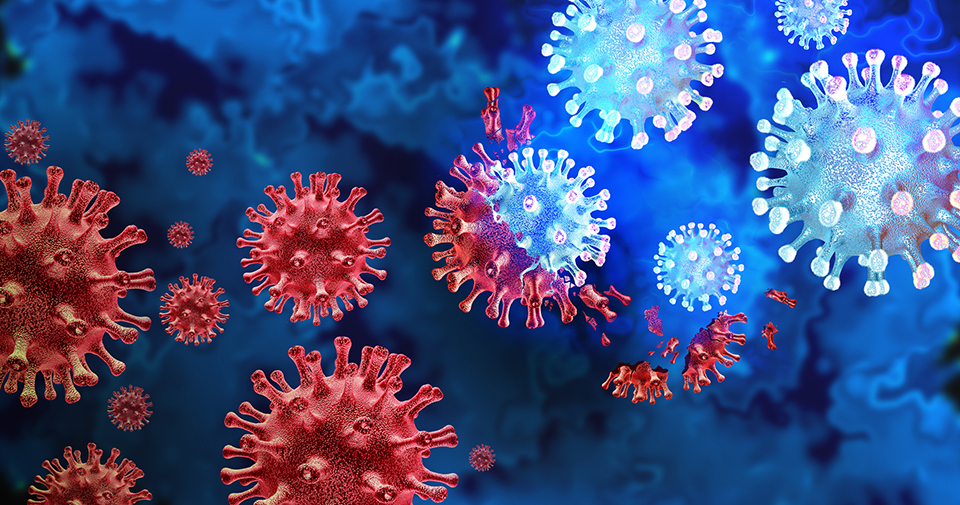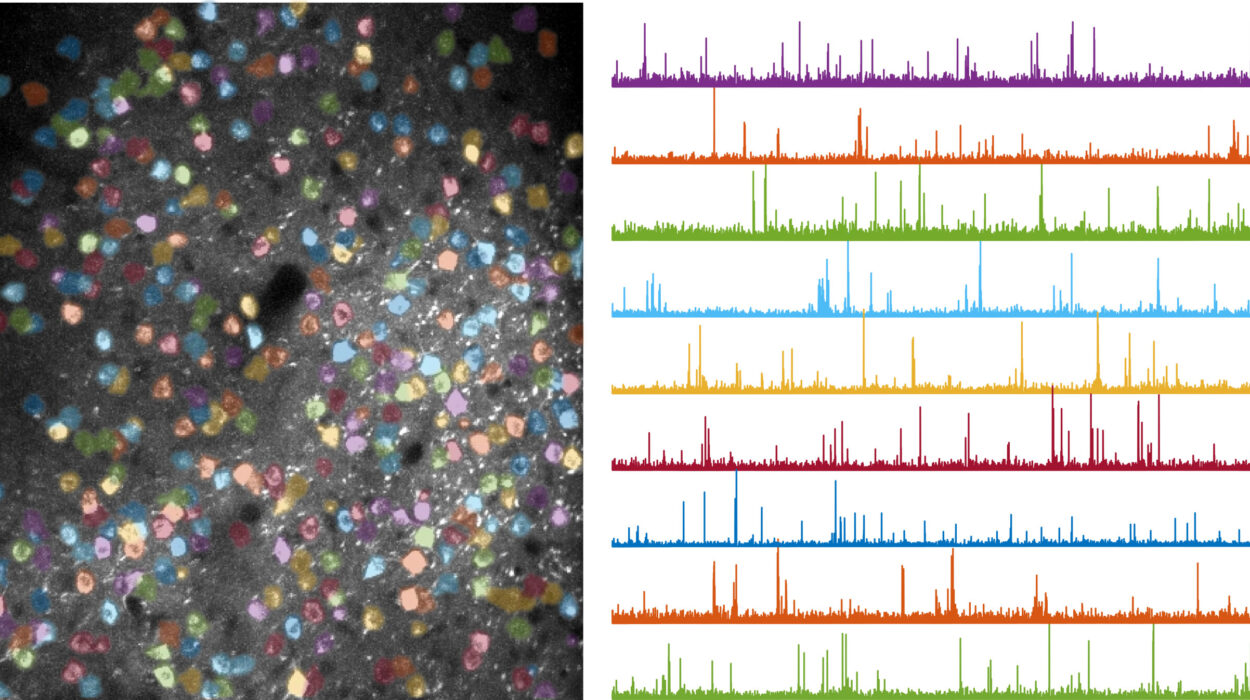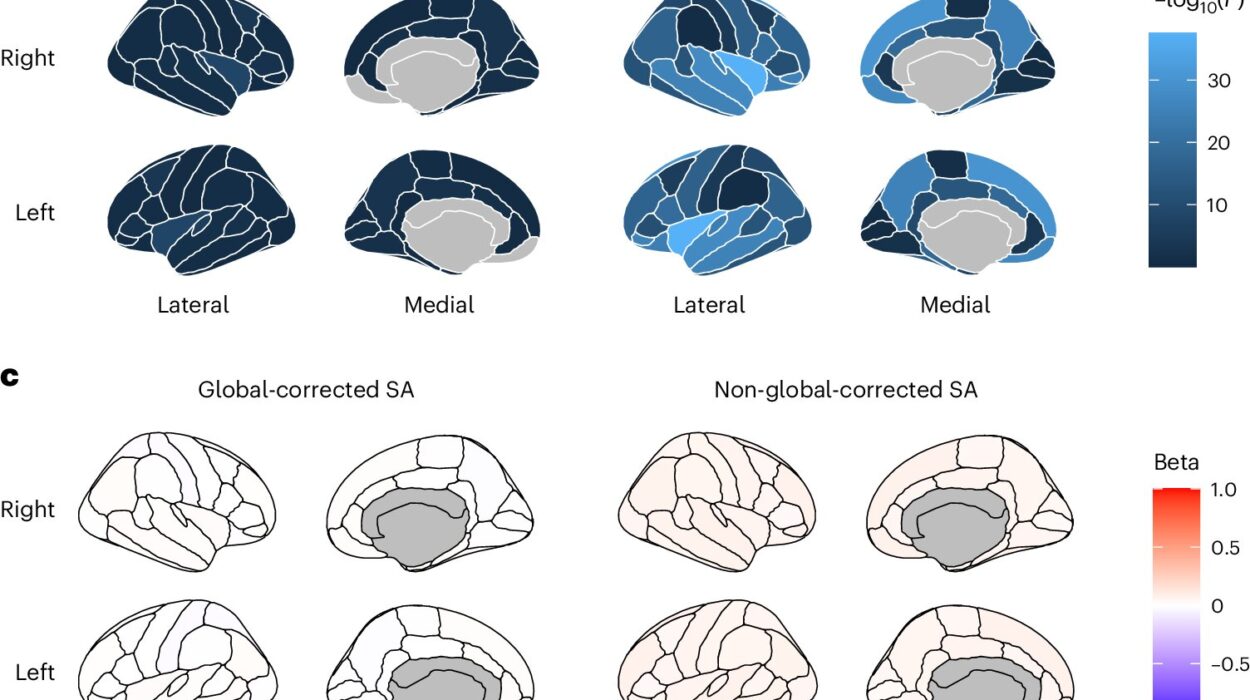Every day, your brain performs miracles. It decodes language, navigates complex emotions, calculates trajectories, and conjures entire realities behind your eyes. But one of its most astonishing powers is one you almost never notice. It operates quietly beneath your conscious awareness, yet it shapes everything—your memories, your creativity, your sense of identity, your ability to heal, adapt, even love.
This superpower is called neuroplasticity.
The term sounds clinical, even dull. But don’t let its sterility fool you. Neuroplasticity is your brain’s ability to rewire itself—to change, adapt, and grow, even after trauma, even in adulthood, even when you think it’s too late. It’s a power so profound that it defies the long-held belief that “you can’t teach an old brain new tricks.”
And yet, most people ignore it. Not out of apathy, but because they simply don’t know it exists—or how much it matters.
To understand how powerful this hidden faculty is, you have to start at the beginning, with a misconception that defined neuroscience for nearly a century.
The Myth of the Fixed Mind
For much of the 20th century, scientists believed the adult brain was hardwired. That by the time you hit your mid-20s, your brain’s structure was set like concrete. You could learn new facts or polish existing skills, sure, but the fundamental wiring? That was done. Set in stone. Declining.
This idea made its way into classrooms, workplaces, and even homes. Children were seen as plastic, malleable, brimming with potential, while adults were considered relatively static, their cognitive fates sealed. The aging brain was regarded as a slow fade into inevitable decline.
But the truth—revealed gradually, and at times controversially—is far more hopeful.
The brain doesn’t simply decay with age. It adapts. It changes its wiring in response to your behavior, your thoughts, your emotions, your experiences. Every time you learn something new, every time you practice a skill or challenge a belief or form a new habit, your brain is physically altering itself—laying new pathways, strengthening others, pruning the unused.
Neuroplasticity isn’t just a possibility. It’s a constant. Your brain is always changing. The real question is: are you shaping it on purpose, or letting the world shape it for you?
The Brain That Healed Itself
If you want to grasp the magnitude of this power, you need only look at the story of a man named Pedro Bach-y-Rita.
In 1959, Pedro suffered a devastating stroke that left him paralyzed on one side of his body and unable to speak. Doctors told his family he’d never recover, and he was left in a wheelchair, effectively written off by medicine.
But Pedro had a son—a neuroscientist named Paul Bach-y-Rita—who refused to accept that diagnosis. Paul believed in the emerging, heretical idea that the brain could rewire itself. So he and his brother devised a radical rehabilitation program. They didn’t focus on the damaged parts of the brain; they focused on building new pathways. They treated the brain like a learning machine, not a broken one.
Day after day, Pedro crawled, stumbled, repeated simple movements. It was agonizing, slow work. But over time, he began to walk again. He regained his speech. He even returned to his job as a professor. His recovery was so complete that years later, when he died of natural causes, his autopsy revealed massive damage in the brain areas supposedly required for movement and language.
His recovery shouldn’t have been possible—unless the brain had found a way to reroute its circuitry. And it had.
This case, and others like it, helped ignite a revolution in neuroscience. It became clear: the brain was plastic. Not in the soft, mushy way. In the dynamic, adaptable, transformational way.
The Plasticity in Every Day
You don’t need a stroke or trauma to see neuroplasticity in action. In fact, you experience it constantly—whenever you learn a new skill, speak a new language, memorize directions, break a bad habit, or form a new one.
Have you ever caught yourself responding to a situation in a way you never would have a few years ago? Have you noticed how your emotional responses to certain triggers have softened or sharpened over time? That’s neuroplasticity. Your experiences are changing the physical architecture of your brain.
And it doesn’t stop at the mental level. Studies have shown that simply imagining an action—like playing piano or lifting weights—can cause measurable changes in the motor cortex. Your brain rewires itself even through thought alone.
This explains why therapies like cognitive behavioral therapy (CBT), mindfulness meditation, and gratitude journaling work. They’re not just feel-good exercises. They are physical workouts for your neural pathways. They train your brain to respond differently—to reduce anxiety, improve attention, increase empathy. Every repetition etches deeper grooves into the mind, just as muscles grow stronger with each lift.
In a way, every thought is a brushstroke on the canvas of your brain.
Childhood vs. Adulthood: A Tale of Two Plastics
It’s true that the brain is most plastic in childhood. A toddler can learn multiple languages with stunning ease. A young musician absorbs complex rhythms and melodies almost intuitively. Neural connections form like wildfire in the early years.
But that doesn’t mean adults are helpless. In fact, adult plasticity is more targeted, more strategic. While children’s brains are like wide-open fields, growing everything indiscriminately, adult brains are like sculptors, refining and pruning based on what matters.
Consider London taxi drivers. In a now-famous study, scientists scanned their brains and found that the hippocampus—the region responsible for spatial memory—was significantly larger than average. Why? Because these drivers had spent years memorizing the labyrinthine streets of London. Their brains had literally reshaped to meet the demands of their profession.
Your brain does the same. Whether you’re learning to code, practicing empathy, or trying to stay calm during rush hour traffic, your mental environment is shaping your physical brain. Even reading this article is subtly altering the pathways in your cortex.
Neuroplasticity and Trauma: Rewiring the Wounded Mind
But neuroplasticity is a double-edged sword. The same power that helps us heal and grow can also trap us in cycles of pain.
Trauma rewires the brain too. When we experience chronic stress, neglect, or abuse, our brains adapt by creating strong fear responses, hypervigilance, emotional numbness. These are survival mechanisms, not flaws. But over time, they can solidify into neural patterns that keep us locked in the past—reliving pain, flinching at love, bracing for threats that never come.
The good news is that what was wired by pain can also be rewired by purpose.
Therapies like EMDR (Eye Movement Desensitization and Reprocessing), somatic experiencing, and trauma-informed mindfulness are designed to engage the plastic brain in healing. They don’t just address symptoms; they rewire the nervous system’s responses, restoring calm, trust, and safety.
One of the most hopeful developments in modern psychology is the recognition that the brain is not doomed by its past. Healing is not forgetting. It’s rebuilding. It’s laying down new tracks, neuron by neuron, for a better emotional future.
The Creative Brain: Building New Worlds
Creativity is one of the purest expressions of neuroplasticity. When you write a poem, paint a canvas, improvise a dance, or brainstorm a new idea, you’re building entirely new networks of connection. You’re taking disparate inputs and weaving them into something original.
This is not just about “talent.” Creativity is a skill that grows with use. Neuroscientists have shown that creative people often exhibit more flexible brain connectivity, especially between the default mode network (associated with daydreaming) and the executive control network (associated with focused attention). The creative brain is one that allows ideas to wander, collide, merge, and refine.
And this, too, can be trained. When you expose yourself to new experiences, take on unfamiliar challenges, or reflect on your ideas without judgment, you’re enhancing your brain’s capacity to innovate.
Every act of imagination is an act of neuroplasticity. You are literally becoming someone new with every new idea.
The Silent Shaper of Identity
Perhaps the most astonishing implication of neuroplasticity is what it means for your sense of self.
Who are you? You might say: your thoughts, your memories, your personality. But all of those are products of the brain. And if the brain can change, then so can the self.
This doesn’t mean identity is an illusion. But it does mean it’s not fixed. Your temperament, your worldview, your emotional patterns—they can shift, grow, transform. You’re not locked into being the anxious person, the pessimist, the overthinker, the self-doubter. Those are habits of mind, not hardwired truths.
Neuroscientist Norman Doidge put it beautifully: “Neurons that fire together wire together.” This means that the more often you think a thought or feel an emotion, the more likely you are to think or feel it again. But it also means you can start firing different neurons—repeating different patterns—and begin to change who you are.
You are not just a product of your brain. You are its author.
The Digital Age: Blessing or Burden?
In the 21st century, your brain’s plasticity faces a unique challenge: the digital world.
Never before has the brain been bombarded by so much input—notifications, scrolls, headlines, reels, clicks. This environment is shaping you whether you want it to or not. Attention spans are shrinking. Dopamine loops reinforce impulsivity. Deep thinking gives way to shallow skimming.
Your brain, plastic as ever, adapts. But not always for the better.
The danger isn’t just distraction. It’s distortion. The curated chaos of social media, the outrage of news cycles, the lure of algorithms—they sculpt neural pathways that prioritize fear, comparison, and instant gratification. If you’re not conscious of how you’re using your attention, someone else is shaping your brain for you.
Yet the same tools that hijack your focus can also enhance it. Mindful digital habits, online learning, community forums, cognitive training apps—they can harness your brain’s plasticity for growth. It’s not about abandoning technology. It’s about using it with awareness.
Your screen can be a weapon or a wand. The difference lies in your intent.
The Power of Purposeful Rewiring
So, what do we do with this knowledge? How do we engage with this silent superpower?
First, we acknowledge its presence. We stop assuming that change is impossible, that habits are permanent, that age is a barrier. We understand that every thought, every focus, every repeated action is a chance to shape the mind.
Then, we become intentional. Neuroplasticity doesn’t care if you’re growing or regressing. It just adapts. So we choose what to reinforce. We feed the thoughts we want to grow stronger. We challenge the beliefs that keep us small. We practice the emotions we wish to embody: gratitude, courage, empathy.
Finally, we stay patient. Rewiring the brain isn’t instant. It’s not a light switch; it’s a garden. It needs repetition, rest, resilience. But it works. Science is on your side. Biology is on your side.
You are more malleable than you realize. And that is a gift.
The Self-Rewriting Universe
In a world obsessed with hacks and shortcuts, the brain’s hidden superpower remains quietly elegant. There are no neon signs, no fireworks. Just billions of neurons adjusting their connections, day after day, sculpting a mind that can grow and stretch and reinvent itself.
You don’t need to be born a genius. You don’t need perfect circumstances. You just need to begin.
What you give your brain, it becomes. What you repeat, it remembers. What you practice, it perfects.
And in the quiet folds of your cortex, evolution continues—not over eons, but over minutes, hours, days. You are not who you were a year ago. You are not yet who you will become.
So the next time you catch yourself saying, “I’m just not that kind of person,” pause.
Because the truth is: you are the kind of person your brain is becoming. And your brain is listening.
